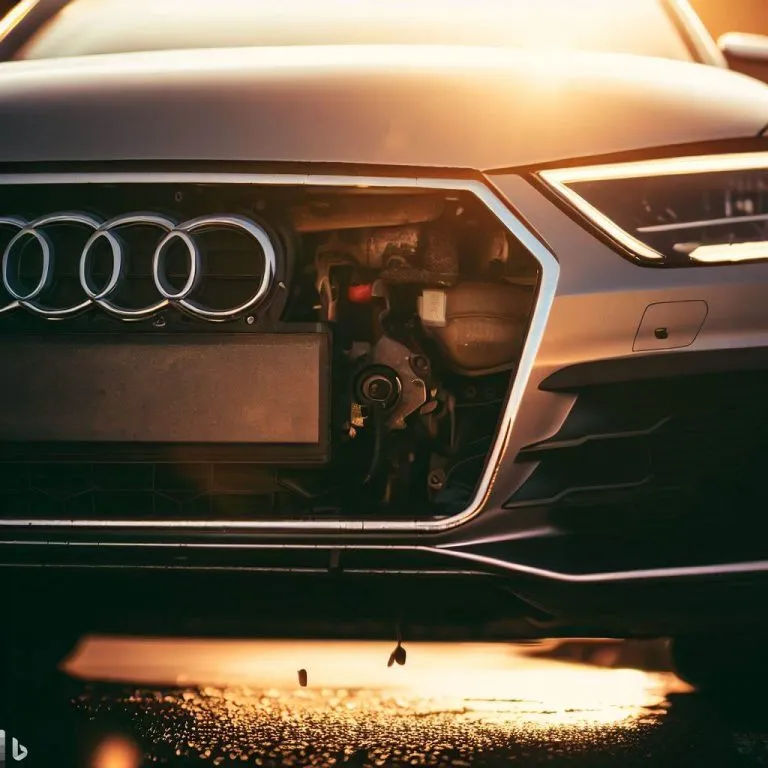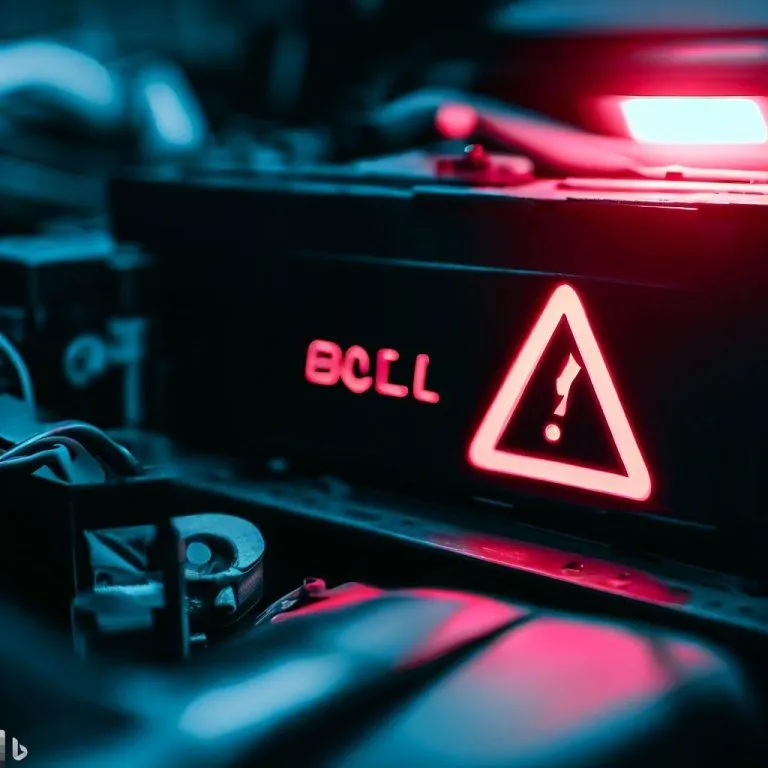BMW Low Beam Malfunction: An Illuminating Guide
BMW Low Beam Malfunction: Causes, Diagnosis

If you own a BMW and have experienced a low beam malfunction, you may wonder why and how to fix this issue. In this article, I will tell you about the common causes of low beam malfunctions in BMWs and how to troubleshoot and fix the issue.
From faulty bulbs to wiring problems, this article will cover everything you need to know to keep your BMW’s low beams functioning properly. Please keep scrolling to learn more about this common issue and how to address it.
What does low beam malfunction mean?
“Low beam malfunction” is a warning message that appears on the dashboard of a BMW vehicle. This message indicates an issue with the low-beam headlight on one side of the car.
The low beam is the primary headlight for driving at night and in low-light conditions. Therefore, a malfunctioning low beam can significantly impact the driver’s visibility and safety on the road. It is necessary to address this issue promptly by diagnosing and fixing the underlying cause of the malfunction.
Causes of BMW low beam malfunction!
1. Faulty Xenon Bulb
A faulty xenon bulb is one of the most common causes of low beam malfunction in BMWs. Xenon bulbs are commonly used in BMW headlights and can fail over time due to normal wear and tear. If the bulb is burned out or damaged, the low beam will not work.
The bulb needs to be replaced with a new one to fix this issue. The type of bulb needed for a BMW’s low beam can vary depending on the model and year. For example, the 2008 BMW 550i uses a D1S xenon bulb for its low beam.
2. Malfunctioning Ballast
Another possible cause of low beam malfunction in BMWs is malfunctioning ballast. The ballast regulates the voltage and current of the xenon bulb. If the ballast is faulty, it can cause the low beam to fail. This can be fixed by replacing the ballast with a new one.
3. Wiring Issues
Wiring issues can also cause low beam malfunction in BMWs. If the wiring is damaged or corrupted, it can cause the low beam to fail. This can be very difficult to diagnose and fix than a faulty bulb or ballast, as it may require tracing the wiring to find the issue. In some cases, the wiring may need to be replaced entirely.
4. Faulty Light Control Module
The light control module is responsible for managing the car’s electrical components, including the headlights. If the light control module is faulty, it can cause the low beam to malfunction. This may require a professional diagnosis and repair.
5. Fuse Issues
Fuse issues can also cause low beam malfunction in BMWs. If the fuse for the low beam is blown, it can cause the low beam to fail. This can be fixed by replacing the blown fuse with a new one.
6. Adaptive Headlight Malfunction
Some BMW models have adaptive headlights that can move and adjust to provide better driving visibility. If the adaptive headlight system is malfunctioning, it can cause the low beam to fail. This may require a professional diagnosis and repair.
How to diagnose the BMW low beam malfunction?
To diagnose a BMW low beam malfunction, there are several steps you can follow based on the information provided by the sources you found:
- Begin by identifying which low beam is not functioning. You can do this by checking the alert message on the dashboard..
- Inspect the headlight bulb to determine if it is burned out or defective. The most frequent cause of low beam issues in BMWs is this..
- Examine the headlight circuit’s fuse. The fuse must be changed if it has blown..
- Examine the wiring and connectors for any signs of damage or corrosion. If you find any problems, they must be repaired or replaced..
- Finally, look for any problems with the light control module. Even though this is a less frequent reason for low beam malfunction, it should nonetheless be discounted as a possibility.
.
How to fix the BMW low beam malfunction?
To fix a BMW low beam malfunction, you can follow these steps provided:
- Begin by identifying which low beam is not functioning. You can do this by checking the alert message on the dashboard..
- Inspect the headlight bulb to determine if it is burned out or defective. The most frequent cause of low beam issues in BMWs is this..
- Examine the headlight circuit’s fuse. The fuse must be changed if it has blown..
- Examine the wiring and connectors for any signs of damage or corrosion. If you find any problems, they must be repaired or replaced..
- Finally, look for any problems with the light control module. Even though this is a less frequent reason for low beam malfunction, it should nonetheless be discounted as a possibility.Identify which light bulb is needed for your xenon bulb. .
- Remove the tabs around the headlight to access the bulb..
- Disconnect the old bulb by twisting the connector counterclockwise and pulling it out..
- Take out the old bulb and remove the gasket..
- Be careful not to contact the glass portion of the bulb with your fingers when you attach the replacement bulb and gasket..
- Insert the bulb back into the headlight by twisting the connector clockwise until it clicks into place..
- Turn on the car to check if the new bulb is working properly..
- Finally, replace the tabs that were removed earlier..
.
If these steps don’t resolve the issue, consulting a BMW mechanic or dealership may be necessary for further diagnosis and repair.
How to improve the low beam?
There are several ways to improve low-beam headlights.:
- Adjust the headlights: One way to improve low-beam headlights is to adjust them to the correct alignment. You can pull back 25 feet to see how your lights relate to the center point of each + sign on the wall. Then, adjust the screws on top of each bulb until your headlights align.
- Replace the bulbs: Another way to improve low-beam headlights is to replace the bulbs with brighter ones. Aftermarket bulb sales are booming due to the safety advantages of replacing a car’s bulbs with brighter products. Make sure to choose bulbs that are compatible with your vehicle.
- Consider LED headlights: LED headlights are also an option, as they can be brighter than traditional headlights that use a reflector to bounce the light from the bulb forward. They might cost more than conventional bulbs, though.
- Keep the headlights clean: Keeping the headlights clean and free of debris can improve their performance. Use a soft cloth and a specialized cleaning solution to clean the headlights.
A BMW low beam malfunction can be caused by various factors such as a faulty xenon bulb, malfunctioning ballast, wiring issues, faulty light control module, fuse issues, or adaptive headlight malfunction.
The issue can be diagnosed, and it is important to identify which low beam is not functioning and inspect the headlight bulb, fuse, wiring, connectors, and light control module. Fixing the issue may require replacing the bulb, ballast, wiring, or fuse.
If the issue still exists, it is recommended to seek professional help from a BMW mechanic or dealership..








